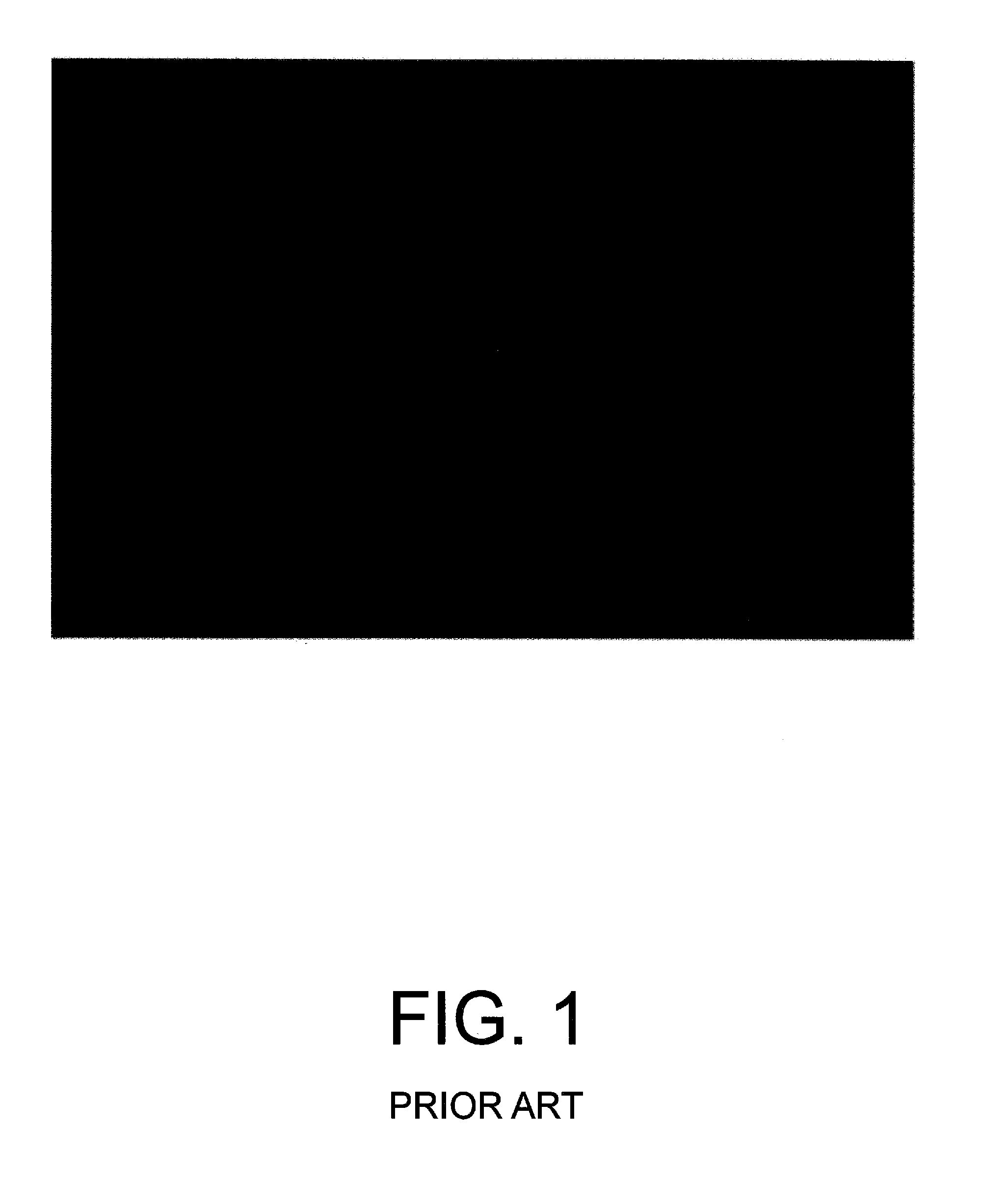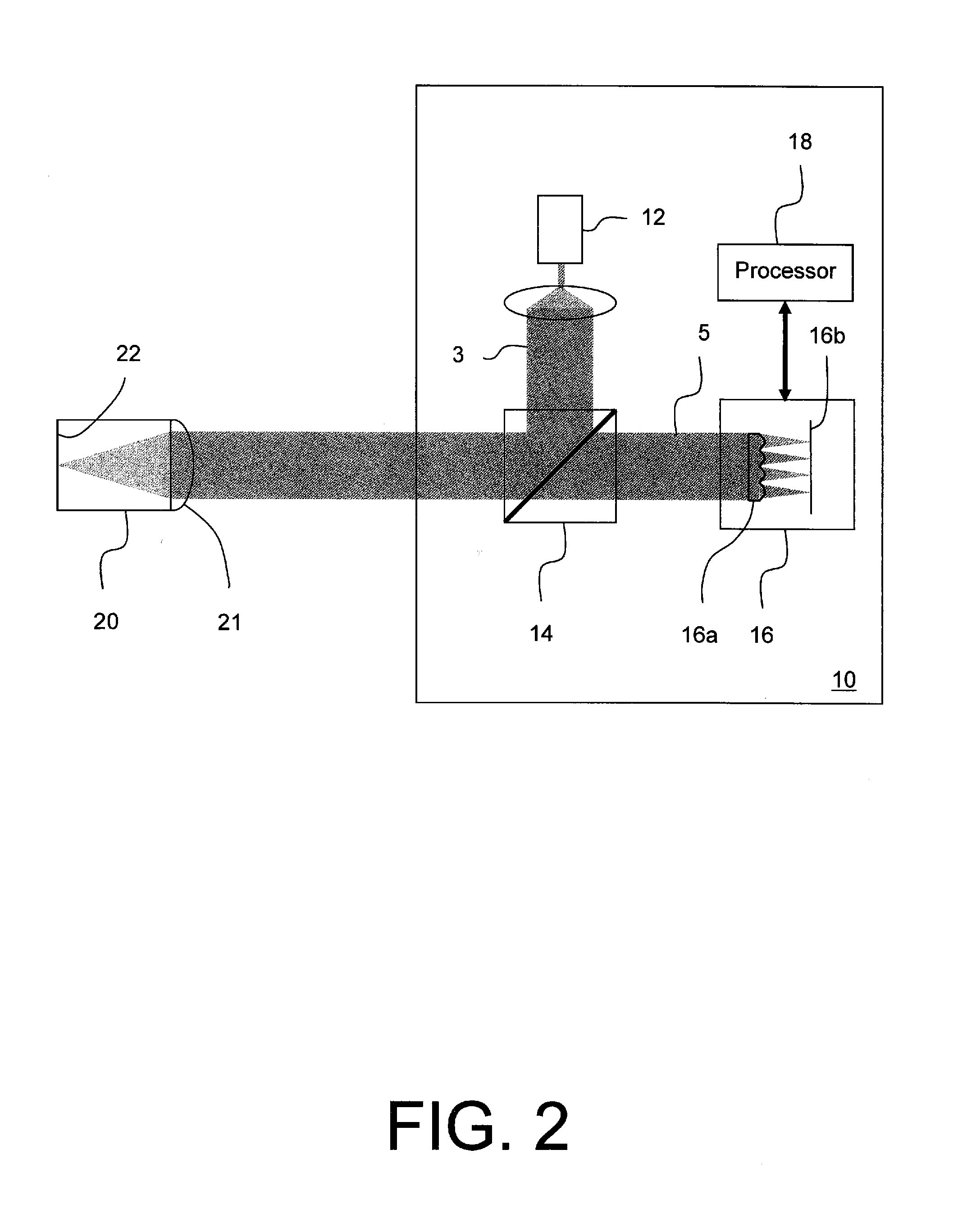Model eye producing a speckle pattern having a reduced bright-to-dark ratio for use with optical measurement system for cataract diagnostics
a technology of optical measurement system and model eye, which is applied in the field of optical measurement equipment, can solve the problems of measurement errors, optical measurement or analysis instruments, and speckled light patterns produced in instruments, and achieve the effect of reducing the bright-to-dark ratio
- Summary
- Abstract
- Description
- Claims
- Application Information
AI Technical Summary
Benefits of technology
Problems solved by technology
Method used
Image
Examples
Embodiment Construction
[0051]Exemplary embodiments of model eyes and methods for verifying proper operation and performance of optical measurement equipment through use of a model eye will be described in some detail below so as to illustrate various aspects and advantages of these devices and methods. However, it should be understood that the principles involved in these devices and methods can be employed in a variety of other contexts, and therefore the novel devices and method disclosed and claimed here should not be construed as being limited to the example embodiments described below.
[0052]FIG. 2 illustrates an example of an optical measurement instrument 10 making a measurement with one example embodiment of a model eye 20 to verify correct operation and specified performance of an optical measurement instrument. Here optical measurement instrument 10 may be a wavefront aberrometer. Optical measurement instrument 10 includes, among other elements, a coherent light source (e.g., a laser or SLD) 12, ...
PUM
 Login to View More
Login to View More Abstract
Description
Claims
Application Information
 Login to View More
Login to View More - R&D
- Intellectual Property
- Life Sciences
- Materials
- Tech Scout
- Unparalleled Data Quality
- Higher Quality Content
- 60% Fewer Hallucinations
Browse by: Latest US Patents, China's latest patents, Technical Efficacy Thesaurus, Application Domain, Technology Topic, Popular Technical Reports.
© 2025 PatSnap. All rights reserved.Legal|Privacy policy|Modern Slavery Act Transparency Statement|Sitemap|About US| Contact US: help@patsnap.com



